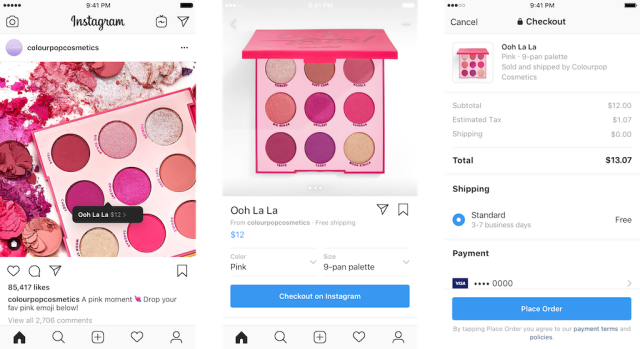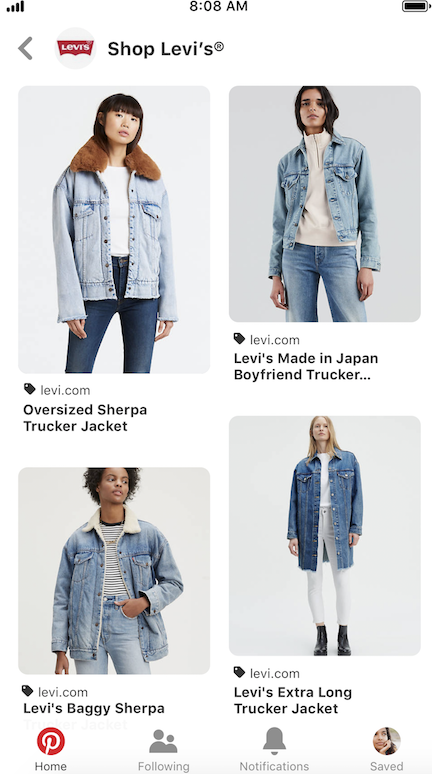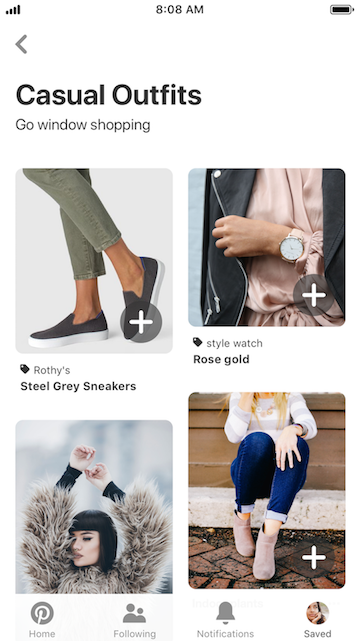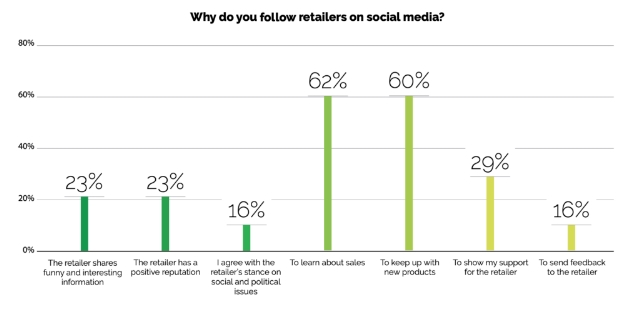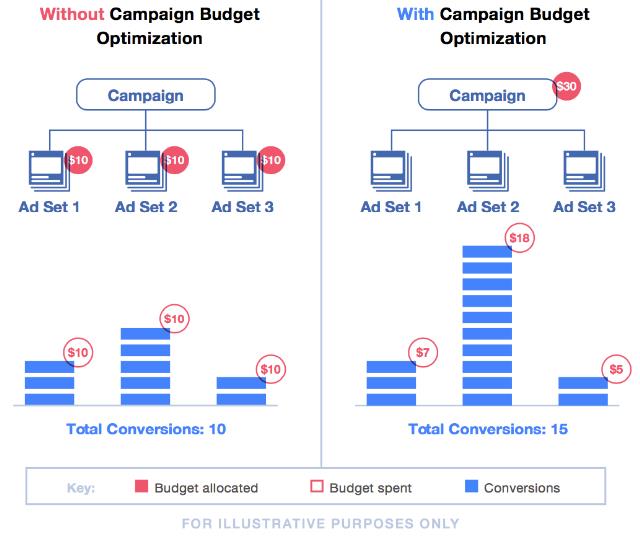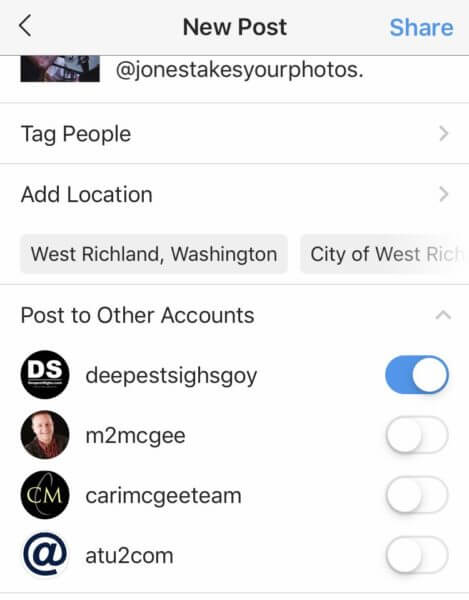LinkedIn is expanding its ad targeting options to allow advertisers the ability to better target their ideal audience.
The professional social platform has launched lookalike audience targeting which allows you to create an ad audience similar to your dream customer.
As the company says in their announcement:
“LinkedIn’s lookalike audiences combine the traits of your ideal customer with our rich member and company data to help you market to new professional audiences similar to your existing customers, website visitors and target accounts.”
Specifically, the company highlights a few ways lookalike audience targeting can help businesses improve their advertising:
- Reach high-converting audiences: Discover audiences similar to those who are already interested in your business.
- Get results at scale: Extend the reach of your campaigns to more qualified prospects.
- Engage new target accounts: Target your ads to additional companies you may not have previously considered. These companies match a similar company profile to your ideal customer.
In testing, LinkedIn says lookalike audience targeting led to a 5-10x increase in campaign reach without sacrificing ad performance.
At the same time it announced the launch of these new targeting options, LinkedIn also revealed a few other improvements to their ad platform:
Interest Targeting
While interest targeting has been available on LinkedIn since January, the company says it is now increasing the targeting capabilities of the feature.
Through a partnership with Microsoft, LinkedIn will now allow advertisers to target users based on not only their LinkedIn profile information but through the professional topics and content they engage with on Bing.
Audience Templates
LinkedIn has also created some new features specifically aimed at new advertisers. Audience templates provide advertisers with a selection of more than 20 premade B2B audiences. This way, you can start targeting your ideal audience without having extensive knowledge of ad targeting.
The templates cover a range of characteristics, from users skills, job titles, groups, and more.
In the announcement, LinkedIn says the new features will all be rolling out over the next two weeks.

